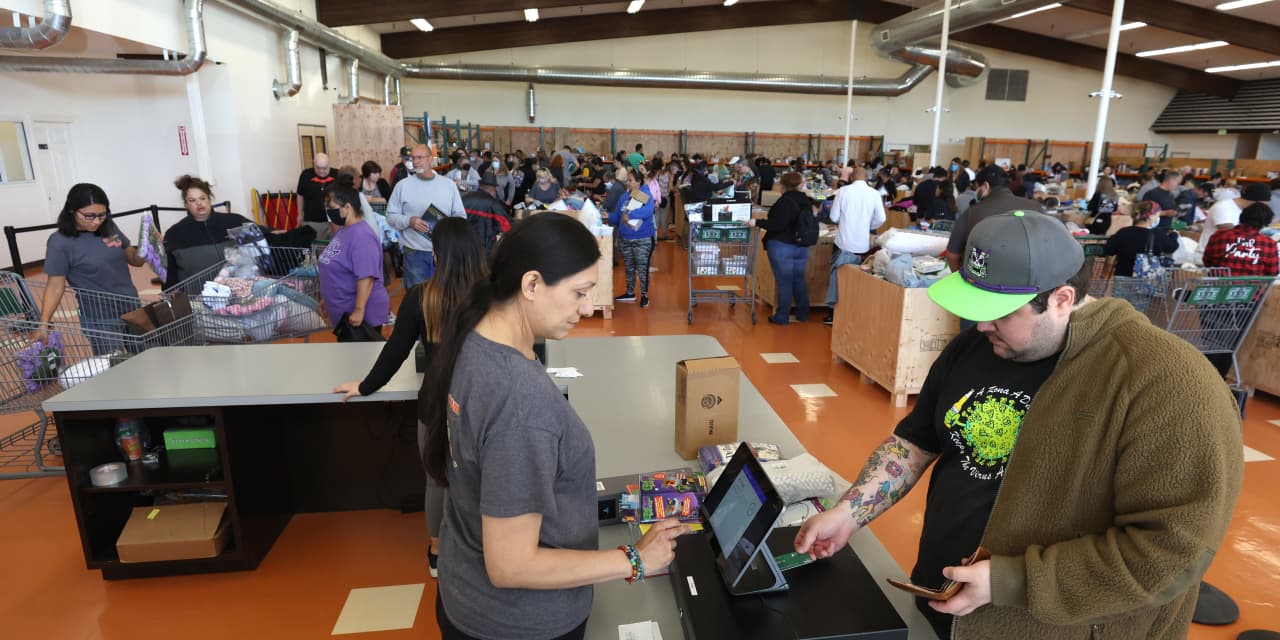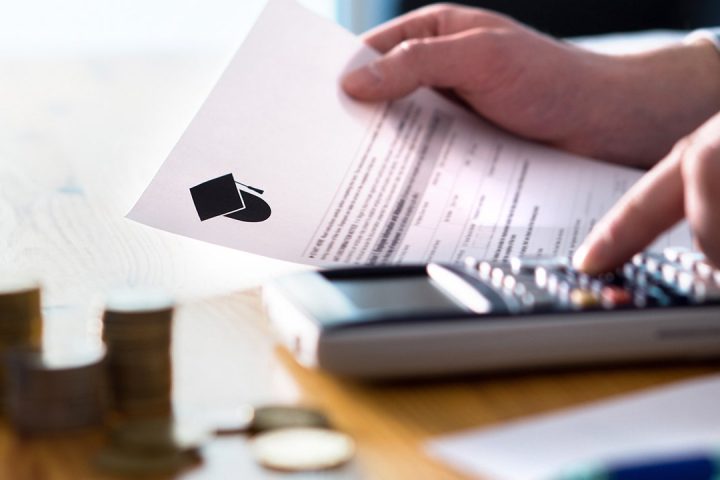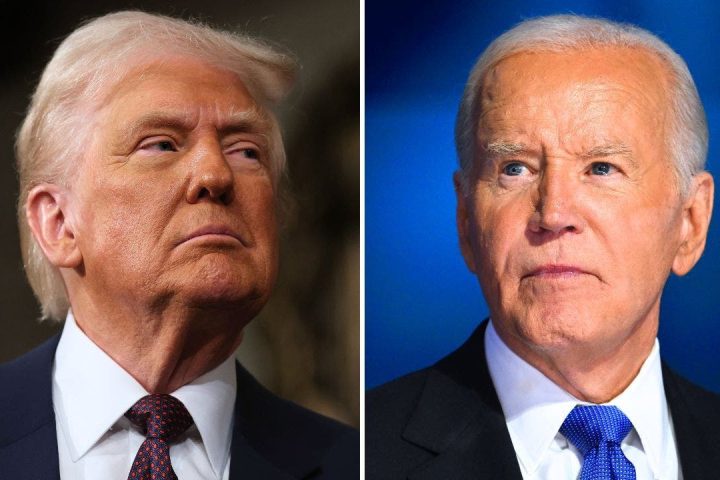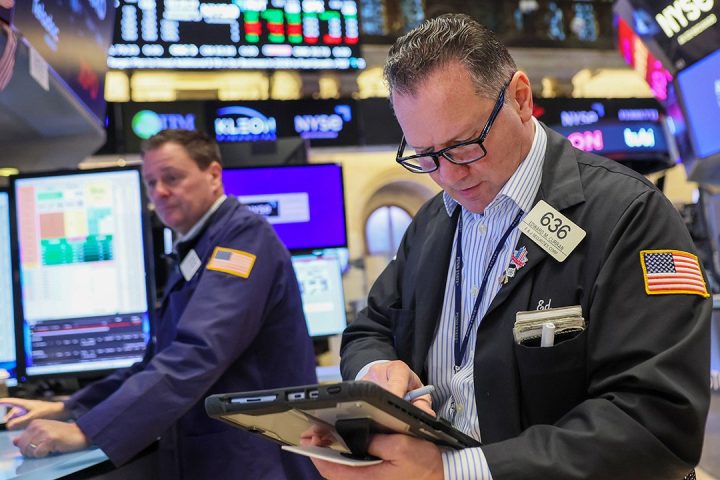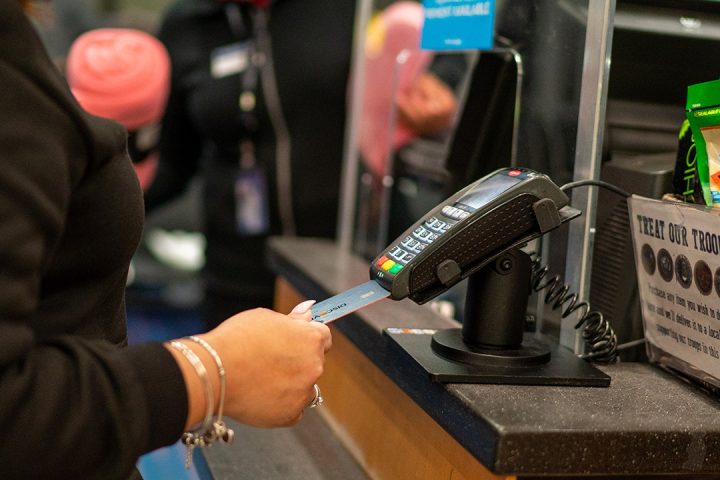Credit-card holders with whiplash from two years of fast-climbing interest rates and fast-growing balances just got a little bit of good news.
The average interest rate on new credit-card offers remained unchanged from December to January, according to one measurement released Tuesday.
It’s the first time since February 2022 that average rates didn’t rise from month to month, according to LendingTree’s latest read on annual percentage rates for new credit cards.
“It’s a positive sign. And after two years of regular gut punches, a good sign is definitely welcome,” said Matt Schulz, a senior credit analyst at LendingTree. “It may be a sign that we are at peak rates,” he added later.
The bad news is that that peak is at a record altitude. LendingTree’s credit-card-rate tracker puts the current average APR at 24.59%, a record high since LendingTree started monthly tracking of APRs in 2019.
Meanwhile, a Bankrate analysis shows the APRs on new cards averaging 20.74%. That’s also a record high by its count.
Those high APRS make carrying a balance more expensive. And that balance is the other rough spot for consumers: The average unpaid credit-card balance was $6,693 as of the third quarter, according to LendingTree. Americans collectively have $1.08 trillion in credit-card debt, up from more than $841 billion in the first quarter of 2022, according to Federal Reserve Bank of New York data.
But the APRs on those balances aren’t going up the way they used to. “We’ve definitely seen a leveling off” on APRs, said Ted Rossman, a senior industry analyst at Bankrate. “For all intents and purposes, we are at the peak now, because the Fed seems done” increasing its own benchmark interest rate, Rossman added later.
Bankrate’s average APR has stayed at 20.7% since early October, Rossman said, adding that a recent “tiny move” higher to 20.74% from 20.72% could be due to technical issues.
The Federal Reserve’s own data on consumer credit shows the same trend. In November, credit-card rates overall averaged 21.47%, up from 21.19% in the third quarter. But the rates on cards carrying a balance had APRs averaging 22.75%, down from 22.77% in the third quarter.
‘Don’t expect the Fed to ride to your rescue’
Credit-card interest rates closely follow the Federal Reserve’s benchmark interest rate, so it’s no coincidence that the last month-to-month plateau for credit-card APRs occurred just before the Fed started hiking rates in March 2022, according to LendingTree’s data.
At the start of Fed’s hiking cycle, the average rate on new credit-card offers was 19.53% according to LendingTree, and 16.34% according to Bankrate data.
The central bank’s key rate started near 0% and the target range is now 5.25% to 5.50%. It has remained at that level for three straight months.
“When credit-card rates plateau, it’s not going to help people bring down their monthly bills now,” said Schulz, author of the book “Ask Questions, Save Money, Make More: How y-to Take Control of Your Financial Life,” which is set for release in March.
Zero-interest balance-transfer offers and credit counseling are two ways consumers can address credit-card debt, he noted. Other options include taking out a personal loan at a rate better than a credit card’s variable rate, or even asking a card issuer to bring down the APR for an individual account.
The stock market’s major guessing game is when the Fed will begin cutting rates and how deeply it will cut them in 2024.
When the Fed increases or cuts rates, it typically takes one or two billing cycles for that new rate to be reflected in a credit-card APR, Rossman and Schulz both noted.
And any forthcoming rate cuts would have a limited effect on borrowing costs and credit-card debt, they said.
“Honestly, even if rates fall a little bit this year, it’s not going to make a big difference,” Rossman said. “I still think higher for longer is the message for consumers. Don’t expect the Fed to ride to your rescue.”
That’s where a personal plan can help consumers fight credit-card debt, regardless of the interest-rate environment.
“It’s important to understand you don’t have to wait,” Schulz said.
Read the full article here
